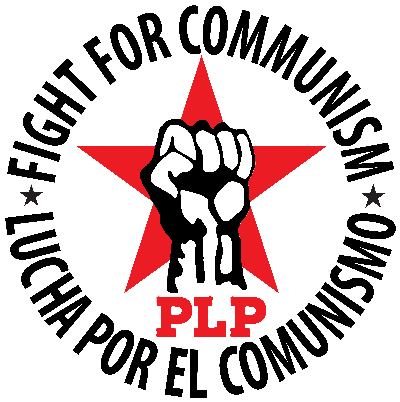As communists, we are often asked how a communist society would function under the leadership of the Progressive Labor Party. One way to envision a communist society is by studying historical examples, such as the Great Proletarian Cultural Revolution (CR) that occurred in China between 1966 and 1976. An excellent source of first-hand knowledge and documented facts is Dongping Han’s book, “The Unknown Cultural Revolution: Life and Change in a Chinese Village.”
The book is largely based on research done for Han’s PhD thesis. He traveled from the U.S. to his native village in China to interview villagers who lived there during the CR, and to examine records of crop production and village expenditures. As part of his thesis, he wanted to provide evidence that the educational and political reforms that took place during the CR greatly improved the lives of the average villager.
However, by 1969 Mao retreated from the CR and had the Red Guards dismantled or placed under army control. Many of the educational and political reforms that the CR initiated were reversed. Consequently, the children of many rural villagers were, and continue to be, denied an education because the schools are no longer free. With the abolishment of communal farming (and thus eliminating the societal security it created) many farmers are forced to work well beyond retirement age.
The CR empowered villagers because, for the first time, they were encouraged to criticize their leaders. Students were encouraged to criticize their teachers and principals; women were encouraged to work and get educated. Corrupt village officials were denounced and forced to reform or be removed from office. Big character posters, newspapers, and mass organizations flourished during the CR.
Before the CR, there were only two high schools in Jimo county (where the author grew up); as a result of the CR the number increased to eighty-four. The high schools were all constructed and financed by communes. Before the Cultural Revolution, a standardized test determined who would be admitted to college. In 1966, the national entrance exams were suspended, and all students had to work in rural areas or a factory for at least two years before going to college. “Students had to prove themselves as good farmers or workers before going to college.”
On communes, team leaders were no longer appointed, but chosen. Production plans were decided on by meetings of mass leaders of various mass organizations. These meetings involved as many as ten thousand, from county leaders to production team leaders. The democratic nature of the CR resulted in significant increases in yields of corn and wheat, as well as mechanization of farming techniques.
Han concludes that “economic development in the countryside was facilitated by political and cultural changes brought about by the CR.” Among the changes was a cultural shift that allowed villagers to challenge party leaders, advance a collective work ethic, including leadership participation in manual labor and democratic decision-making. These changes also resulted in giving rural children an opportunity for an education and development of skills that helped rural economic development.
Even though capitalism was restored in China and the USSR, the Great Proletarian Cultural Revolution serves as an example of what we in PLP are fighting for under a communist society.
- Information
The Cultural Revolution: A Model for Communist Society
- Information
- 06 June 2013 540 hits

